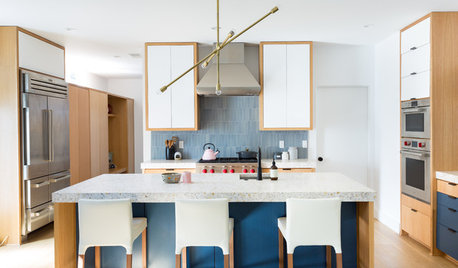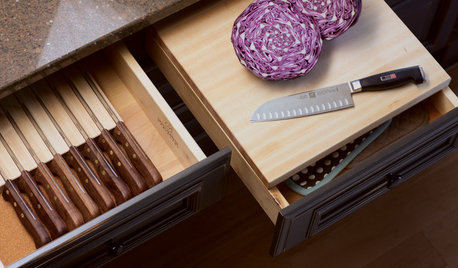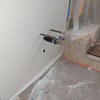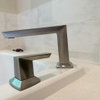Help! Water Softener Sizing and Advice
Remostram
10 years ago
Related Stories

GARDENING GUIDESGreat Design Plant: Northern Maidenhair Fern Softens Shade Gardens
Stir up some romance in dark corners with the billowy fronds of native Adiantum pedatum
Full Story
GARDENING GUIDESGreat Design Plant: Palo Blanco Softens Sharp Desert Angles
Willowy foliage and creamy white bark give this tree a delicate beauty, but its constitution is tough
Full Story
REMODELING GUIDESContractor Tips: Advice for Laundry Room Design
Thinking ahead when installing or moving a washer and dryer can prevent frustration and damage down the road
Full Story
BATHROOM DESIGNDreaming of a Spa Tub at Home? Read This Pro Advice First
Before you float away on visions of jets and bubbles and the steamiest water around, consider these very real spa tub issues
Full Story
FARM YOUR YARDAdvice on Canyon Farming From L.A.'s Vegetable Whisperer
See how a screened garden house and raised beds help an edible garden in a Los Angeles canyon thrive
Full Story
KITCHEN DESIGNSmart Investments in Kitchen Cabinetry — a Realtor's Advice
Get expert info on what cabinet features are worth the money, for both you and potential buyers of your home
Full Story
STANDARD MEASUREMENTSKey Measurements to Help You Design Your Home
Architect Steven Randel has taken the measure of each room of the house and its contents. You’ll find everything here
Full Story
HEALTHY HOMEHow to Childproof Your Home: Expert Advice
Safety strategies, Part 1: Get the lowdown from the pros on which areas of the home need locks, lids, gates and more
Full Story
KITCHEN STORAGEKnife Shopping and Storage: Advice From a Kitchen Pro
Get your kitchen holiday ready by choosing the right knives and storing them safely and efficiently
Full Story
GARDENING FOR BUTTERFLIESBring on the Birds: Natural Habitat Ideas for Gardens of All Sizes
Provide nesting, watering and perching spots inspired by the Costa Rican jungle and watch the birds flock on over
Full StorySponsored
Franklin County's Custom Kitchen & Bath Designs for Everyday Living
More Discussions









User
jcalhoun
Related Professionals
Grain Valley Kitchen & Bathroom Remodelers · Centerville Kitchen & Bathroom Remodelers · Creve Coeur Kitchen & Bathroom Remodelers · Emeryville Kitchen & Bathroom Remodelers · Ewa Beach Kitchen & Bathroom Remodelers · Gilbert Kitchen & Bathroom Remodelers · Islip Kitchen & Bathroom Remodelers · Lomita Kitchen & Bathroom Remodelers · Oxon Hill Kitchen & Bathroom Remodelers · Park Ridge Kitchen & Bathroom Remodelers · Port Arthur Kitchen & Bathroom Remodelers · Sweetwater Kitchen & Bathroom Remodelers · Lawndale Kitchen & Bathroom Remodelers · Middlesex Kitchen & Bathroom Remodelers · Prairie Village Kitchen & Bathroom RemodelersRemostramOriginal Author
jcalhoun
User